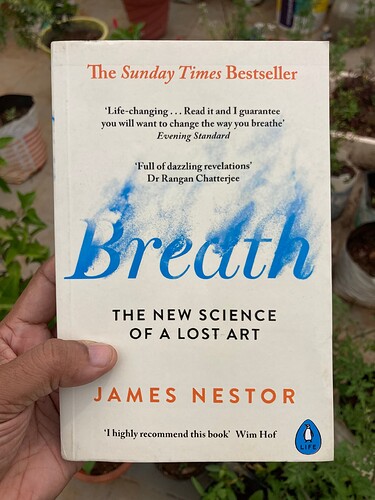Nykaa and Trent have the same topline, inspite of Trent being around for a decade longer. Reason: Competition. In two and half years, double.
Nykaa has a leadership position, with no peer in multi-channel retailing of BPC (and soon clothes).
Therefore, I don’t mind them not showing profits, as long as they are covering the market share, AND not burning cash.
I am not debating, I don’t mind being convinced to buy Trent.

